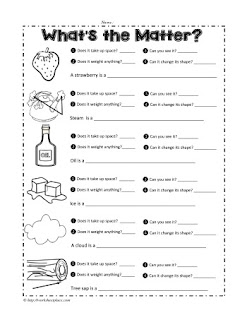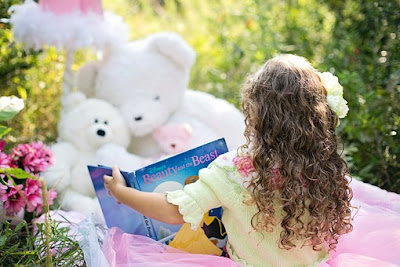Here is an Article on How To Teach the Multiplication Facts
STOP with random multiplication facts - it DOES NOT lead to committing the facts to memory. Here is what you need to know and do:
According to the Common Core Standards, by the end of grade three, students will know from memory all products of two one-digit numbers. I’m not sure I had to memorize the times tables until the 5th grade! In my many years as a teacher, I only had a handful of students each year that would have committed the multiplication facts to memory by the end of grade three. A lofty goal for eight year olds indeed!
Before students are able to commit the
multiplication tables to memory, they need to understand what multiplication is. Students need to develop a foundation for understanding multiplication which will need to begin prior to grade three. Students need to be exposed to
skip counting, which means they need to count by 2’s, 5’s and 10’s as they develop fluency with counting by two, five and ten, the other numbers (3, 4, 7, 8, 9) should be added. They need to understand that multiplication is groups of the same number of things. For instance, 4 x 7 means 4 groups of 7 things or 7 groups of 4 things. Then they can begin to commit the multiplication facts to memory.
Committing the facts to memory should not be a random process. Students need to learn the times tables in a sequential pattern, when one table has been mastered, move to the next. For instance, if a child doesn't know the 10, 2 or 5 times tables, keep working on those before doing random worksheets or any of the other tables. Random multiplication facts worksheet
should not be used until children have a reasonable recall or memory of most of the tables.
Follow this sequence to help students learn their multiplication facts. Each link provides you with 6 worksheets with answers in PDF format.
-Start with the
2 times tables (for each table, there are 6 worksheets with answers).
-
10 times tables
-
5 times tables
-
then doubles (3x3, 4x4, 6x6, 7x7, 8x8, 9x9) also called multiplication squares
-
the 3 times tables
-
the 4 times tables
-
the 6 times tables
-
the 7 times tables
-the 8 times tables
-
the 9 times tables
Do not move from one level until mastery (or almost mastery) is achieved at each level.
For third grade students to master the times tables for all of the products of two 1-digit numbers, a solid foundation of skills will be needed starting when students begin school. These skills include being able to identify numbers and number quantity, count, skip count, and add numbers up to 100 and represent numbers and the four operations symbolically.
Trust me on this one,




























